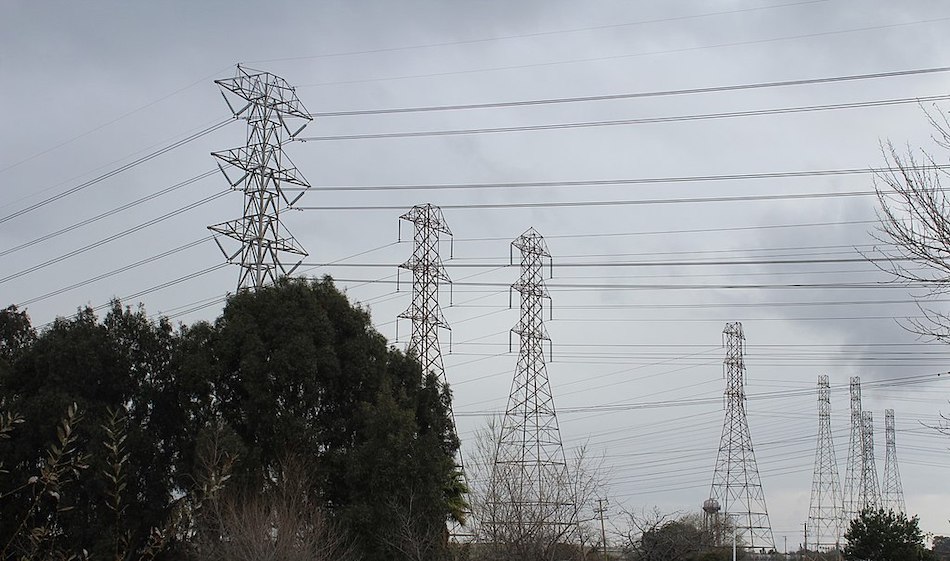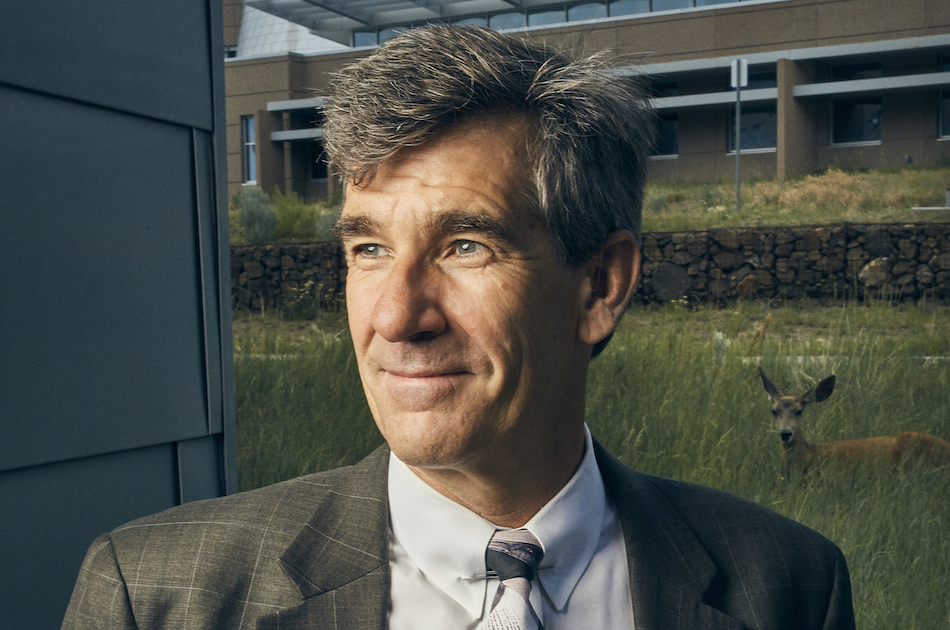Modernizing the Electric Grid: Broadband Can Do This
How cable’s network can help make power generation more efficient

We’ve seen this movie before — three times.

In the early 1990s, cable positively disrupted the television industry by rapidly developing and deploying video delivery standards and technology at scale. Almost overnight, new digital TV networks and customer premises equipment enabled hundreds of channels to be delivered across America and around the world — where only 10 or fewer channels had been available.
Then in 1997, cable operators disrupted another well-established industry — telecommunications — and created the DOCSIS multimedia Internet delivery standard. The resulting products outperformed dial-up and nonstandard cable modems to launch a new realm of always-on high-speed internet connectivity that made us leaders in the business of broadband.
Again in 1999, cable disrupted the landline telephone phone industry with the DOCSIS 1.1 standard. The triple-play bundle of digital TV, internet and telephone reigned supreme. Cable soon became the dominant global provider of residential and small business phone service, beating incumbent telcos at their own game. Penetrations of cable modems and cable phone service skyrocketed and in record time, more than 2 billion modems were produced, revolutionizing how we live, work, love and play all around the globe.
Today another established industry — electricity — would benefit from cable disruption. With overall energy costs doubling and grid power outages increasing nearly 800% in the last 20 years, rapid deployment of newly developed Society of Cable Telecommunications Engineers (SCTE) standards and technology can raise the resiliency and efficiency of the grid, contain costs, create new revenue streams and accelerate the safe transition to renewable energy sources. The standards enable a new lucrative triple play in modernizing the grid by providing optimization of electric load shaping, sensing and forecasting.
Severe weather has resulted in more frequent and catastrophic grid outages that, when combined with an aging power infrastructure, lessen reliability and raise electricity costs. The Wall Street Journal and The Washington Post are filled with stories on the inabilities of the antiquated and increasingly failing electric power grid. Ivan Penn headlined the problem in The New York Times as “Old Power Gear Is Slowing Use of Clean Energy and Electric Cars.”
Extremely hot and cold temperatures created unprecedented and unmeetable demands for electricity during the western North America heat wave over the summer and during the February Texas power crisis. Severe storms are ever-more-effective battering rams that destroy grid infrastructure, as seen in August during Hurricane Ida in New Orleans.
The smarter way to stay on top of the multichannel video marketplace. Sign up below.
In addition, the grid suffers from inefficiencies that are so extreme that only one-third of the energy from burning coal and natural gas is converted to electricity — the rest is rejected into our environment as waste heat. Along with transportation, power plants are responsible for nearly two-thirds of all anthropogenic heat and carbon emissions. Two-thirds! Furthermore, the process of boiling water to make electricity is so inefficient that steam power plants are the No. 1 consumers of water, using nearly half of fresh surface-water withdrawals — more than agriculture.
Efficiency Is Crucial
It is posited that the only way to reduce severe weather is to cut carbon emissions drastically. If this is true, then power plants are our most severe existential threat — human survival depends on rapidly decommissioning the most inefficient generators. These should be replaced by energy-efficiency measures in homes, and businesses along with managing distributed storage of renewable energy sources like wind, solar and other forms of clean power. In 2020 in the United States, of all energy used, a mere 5% came from wind, solar, and geothermal power and 3% came from hydro power.
Cable can accelerate the use of renewables from hobby status to mainstream. In 2021, the American National Standards Institute (ANSI) and the SCTE developed the ANSI/SCTE 267 2021 standard, Optimum Load Shaping of Electric Vehicle and Battery Charging. SCTE 267 allows cable operators to cut electric bills and create new revenue opportunities by reversing the traditional electricity supply-follows-demand relationship first popularized by Thomas Edison.
It may be hard to imagine that flipping a light switch results in a thimbleful of coal being thrown on an already gigantic fire at a power plant, but such is life. Just as Edison did in 1882, utilities today add more fuel to the fire to increase the output of central station generators to meet increasing electrical demand.
To instead ensure that electricity demand follows supply, SCTE 267 enables cable operators, other businesses and residences to modulate and time-shift electric loads to maximize the use of renewable energy and the efficiency of power plants — and minimize congestion in the last mile of the grid. Building energy management applications that are compliant with SCTE 267 will be increasingly important to ensure safe, reliable and low-cost electric power.
Following the Cable Network‘s Lead
Much of the cable industry’s expertise, developed while transitioning our network from one-way to two-way with content creation and storage at the edge, is directly applicable to transitioning the grid to have energy production and storage at the edge. Solar energy produced at homes and business is wasted, if not transferred immediately to the grid, used locally or stored for future use. But how much power can the grid absorb and distribute before congestion results in overheating of wires and transformers, causing more catastrophic outages and wildfires? The grid does not know because it is sensor-starved — but cable knows. Like canaries accompanying coal miners, the broadband network follows the grid’s secondary distribution network everywhere it goes — and provides early warning signs of grid issues.
With the SCTE 267 and 271 standards, the bases are loaded and energy is at bat. It’s time for cable’s grand slam. While the cable industry continues to make advances in traffic engineering and capacity planning to calculate how many cable modems, 4K, and 8K streams can be supported in a serving area, it’s time to broaden its reach to the 3,400-plus U.S. utilities. They’re almost completely in the dark in measuring grid utilization and can use broadband to actively manage the load on the grid and maximize rooftop solar and EV chargers at hundreds of millions of grid interconnections. Let’s do this!
Robert Cruickshank is chief technology officer of GRIDIoT by RCA, an online, standards-based Optimum Load Shaping (OLS) tool.
